1-chloro-2-methylpropene

1-chloro-2-methylpropene structure
|
Common Name | 1-chloro-2-methylpropene | ||
|---|---|---|---|---|
| CAS Number | 513-37-1 | Molecular Weight | 90.55140 | |
| Density | 0.911g/cm3 | Boiling Point | 68.1ºC at 760mmHg | |
| Molecular Formula | C4H7Cl | Melting Point | -96°C (estimate) | |
| MSDS | USA | Flash Point | 30 °F | |
| Symbol |



GHS02, GHS06, GHS08 |
Signal Word | Danger | |
| Name | 1-chloro-2-methylprop-1-ene |
|---|---|
| Synonym | More Synonyms |
| Density | 0.911g/cm3 |
|---|---|
| Boiling Point | 68.1ºC at 760mmHg |
| Melting Point | -96°C (estimate) |
| Molecular Formula | C4H7Cl |
| Molecular Weight | 90.55140 |
| Flash Point | 30 °F |
| Exact Mass | 90.02360 |
| LogP | 2.14890 |
| Index of Refraction | n20/D 1.424(lit.) |
CHEMICAL IDENTIFICATION
HEALTH HAZARD DATAACUTE TOXICITY DATA
MUTATION DATA
|
| Symbol |



GHS02, GHS06, GHS08 |
|---|---|
| Signal Word | Danger |
| Hazard Statements | H225-H311-H315-H319-H330-H335-H350 |
| Precautionary Statements | P201-P210-P260-P280-P284-P305 + P351 + P338 |
| Personal Protective Equipment | Eyeshields;Faceshields;full-face respirator (US);Gloves;multi-purpose combination respirator cartridge (US);type ABEK (EN14387) respirator filter |
| Hazard Codes | F,T |
| Risk Phrases | 45-11-23/24/25-36/37/38 |
| Safety Phrases | S16;S27;S45;S53;S36/S37/S39 |
| RIDADR | UN 1993 3/PG 2 |
| WGK Germany | 3 |
| RTECS | UC8045000 |
| Packaging Group | II |
| Hazard Class | 3.1 |
| HS Code | 2903299090 |
| Precursor 8 | |
|---|---|
| DownStream 10 | |
| HS Code | 2903299090 |
|---|---|
| Summary | 2903299090 other unsaturated chlorinated derivatives of acyclic hydrocarbons。Supervision conditions:None。VAT:17.0%。Tax rebate rate:9.0%。MFN tariff:5.5%。General tariff:30.0% |
|
Comparative metabolism and disposition of 1-chloro- and 3-chloro-2-methylpropene in rats and mice.
Drug Metab. Dispos. 15(1) , 91-6, (1987) A recent 2-year carcinogenicity study found that gavage administration of 3-chloro-2-methylpropene (CMP), containing 5% 1-chloro-2-methylpropene (dimethylvinyl chloride, DMVC), caused forestomach neop... |
|
|
Application of the margin of exposure (MoE) approach to substances in food that are genotoxic and carcinogenic - example: 1-methylcyclopropene and its impurities (1-chloro-2-methylpropene and 3-chloro-2-methylpropene).
Food Chem. Toxicol. 48 Suppl 1 , S81-8, (2010) The chlorinated impurities of 1-methylcyclopropene possess weak mutagenicity and are carcinogenic in rodent bioassays. Dose-response modelling of the data for 1-chloro-2-methylpropene gave a BMDL10 fo... |
|
|
Chemical mutagenesis testing in Drosophila. IX. Results of 50 coded compounds tested for the National Toxicology Program.
Environ. Mol. Mutagen. 23(1) , 51-63, (1994) Fifty chemicals were tested for mutagenic activity in post-meiotic and meiotic germ cells of male Drosophila melanogaster using the sex-linked recessive lethal (SLRL) assay. As in the previous studies... |
| 1-CHLORO-2-METHYL-1-PROPENE |
| MFCD00000924 |
| 3-chloro-2-methylpropene |
| EINECS 208-158-4 |
| Propene,1-chloro-2-methyl |
| 1-chloroisobutene |
| 1-chloro-2-methylprop-2-ene |
| 1-Chloro-2-methylpropene |
| 1-Propene,1-chloro-2-methyl |
| Isocrotyl chloride |
| 2-methylprop-1-enyl chloride |
| 2,2-Dimethyl vinyl chloride |
 CAS#:79-30-1
CAS#:79-30-1 CAS#:598-76-5
CAS#:598-76-5 CAS#:69096-59-9
CAS#:69096-59-9 CAS#:563-47-3
CAS#:563-47-3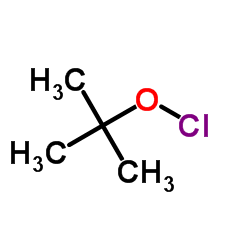 CAS#:507-40-4
CAS#:507-40-4 CAS#:115-11-7
CAS#:115-11-7 CAS#:594-37-6
CAS#:594-37-6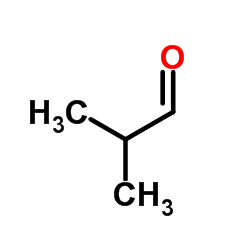 CAS#:78-84-2
CAS#:78-84-2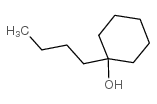 CAS#:5445-30-7
CAS#:5445-30-7![4-[benzyl(methyl)sulfamoyl]-N-(4,7-dichloro-3-methyl-1,3-benzothiazol-2-ylidene)benzamide structure](https://image.chemsrc.com/caspic/270/6244-46-8.png) CAS#:6244-46-8
CAS#:6244-46-8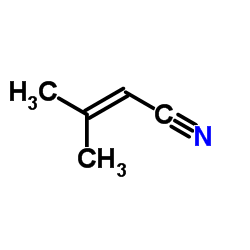 CAS#:4786-24-7
CAS#:4786-24-7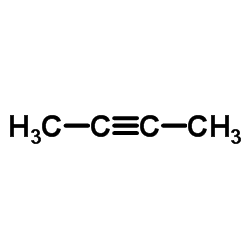 CAS#:503-17-3
CAS#:503-17-3 CAS#:627-97-4
CAS#:627-97-4 CAS#:460-12-8
CAS#:460-12-8 CAS#:463-49-0
CAS#:463-49-0 CAS#:106-99-0
CAS#:106-99-0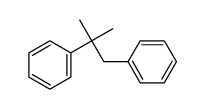 CAS#:1985-96-2
CAS#:1985-96-2 CAS#:20687-01-8
CAS#:20687-01-8